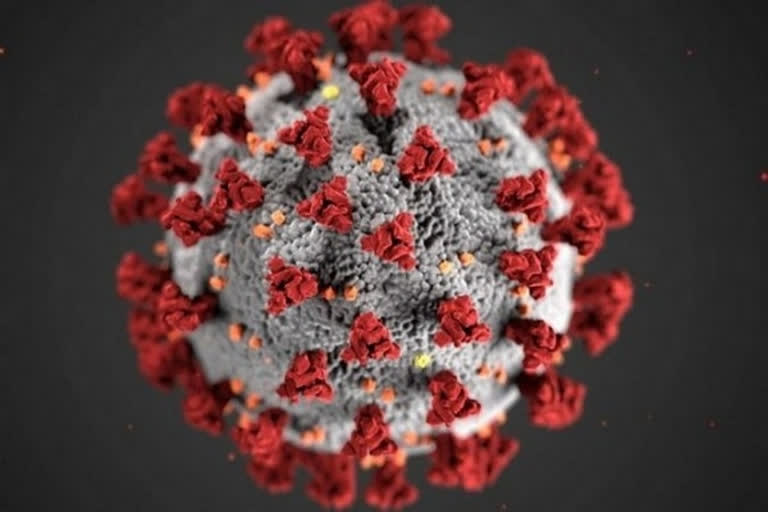New Delhi: The R-value for COVID-19, which denotes the speed at which the infection is spreading, has gone up for the country, researchers at the Chennai-based Institute of Mathematical Sciences (IMSc) have said.
The mathematical representation that acts as an indicator for how fast the infection is spreading shows it has gone from 0.78 on June 30 to 0.88 in the first week of July.
Sitabhra Sinha, Professor of Physics and Dean of Computational Biology at the Institute of Mathematical Sciences, Chennai led the research team. Sinha told the media that the data for this analysis was obtained from a daily updated database. "If you have a large number of active cases persisting for a long time, chances increase of conditions coming together to create a super-spreader event, which might well lead to a third wave," he told the media.
He said R-value saw an increase in February this year when it rose from 0.93 to 1.02. It went further up during the second wave in April and reached a peak of 1.31 on April 26. Since then, it was been declining till the recent increase. "When the pandemic started in mid-March last year, it had a much faster rate of spread. The R-value, I estimated between March 14 and April 5 was 2.51 +- 0.07. This subsequently reduced to 1.70 +- 0.04 estimated over April 4 to April 16 and then to 1.34 +- 0.01 estimated over April 13 to May 15, most possibly a consequence of the nationwide lockdown," Sinha said.
Read: Sputnik V effective against Delta, other variants of coronavirus, says RDIF study
'R', also called effective reproduction number, suggests the mean number of other people who will catch the infection from a single infected person. The first wave (defined by R remaining >1 for the entire period) lasted from March till mid-September.
"Again looking at it nationwide, the highest rate of spreading in the second wave occurred between March 9 and April 21, when I estimate R to be 1.37. This is substantially lower than the value close to 2.5 we saw in the initial period of the first wave. However, in individual states, the second wave showed high spread rates, possibly even faster than in the first wave."
Uttar Pradesh showed an R-value of 2.32 during Mar 27-Apr 18 this year. Bihar also showed very high values over the same period.
R went below 1 on May 9 in the second wave of pandemic.
"After that period, R fell to 0.82 between May 14 and May 30 and then to 0.78 between May 15 and Jun 26. This last value is the lowest R has been since the time the pandemic began. However, this R increased to 0.88 after June 20. Although the increase in R seems all (0.1), going forward this makes a big difference in how many active cases we can expect to have in the near future," he said.
"If the previous rate of 0.78 had continued we would have expected less than 1.5 lakh active cases by 27th of this month. On the other hand, with the later rate of 0.88, we will see above 3 lakh active cases by the same date (provided R does not change further). This means with a small difference of only 0.1 in R, we will have twice the number of active cases in about two weeks time," he added.
The researcher said that during the first wave, northeastern states had a low level of infections but not so in the second wave. "Things continue to be grim in Manipur, Arunachal Pradesh and possibly Tripura," he added.
ANI



